To shake off the jetlag and get acclimated to Beijing, Elizabeth and I spent our first full day in China seeking enlightenment and knowledge at two of the oldest and most important temples in the city.
The Lama Temple is the oldest and best-preserved Buddhist temple in Beijing. It's ornate. Gilded Buddha statues of all sizes can be found in the various palaces, halls and pavilions. None is more impressive than the three-story high Buddha Maitreya (the incarnation of Buddha on earth) carved out of a single piece of sandalwood and decorated in gold. No photos were allowed in that area.
Strangely, neither the audio tour nor the signs throughout the temple mentioned that in the past, foreigners would disappear when visiting the temple, which was out of bounds for most Beijing residents. Those disappearances, according to National Geographic, fueled rumors of human sacrifices.
Strangely, neither the audio tour nor the signs throughout the temple mentioned that in the past, foreigners would disappear when visiting the temple, which was out of bounds for most Beijing residents. Those disappearances, according to National Geographic, fueled rumors of human sacrifices.
Incense and Sensibility -- Buddhist monks still worship at the temple from 5 a.m. to 7 a.m. Even during public hours, scores of people were paying homage to Buddha by bringing offerings of fruit and burning incense outside the various palaces and halls. In fact, the whole experience smelled very much like my freshman year in college.
Duck for luck -- Like any tourist/pilgrim destination, the Lama Temple had a number of offering stations where people could donate money. One was a cylindrical metal cage in which people tried to toss coins in the top for luck. Here's a broad generalization: Chinese people have bad aim. Either that, or the Buddhists have employed an invisible Anthony Davis to block the shots. No one we saw could get a coin in. And because there was no back stop and it was in the round, people on the opposite side of the tosser would get pelted. At one point I took a jiao (which is like a dime) to the shoulder.
Down the street from the Lama Temple is the Confucius Temple and the Imperial College where aspiring government officials went to study for centuries.
To our untrained eyes, the architecture and ornaments on the Confucius Temple buildings looked suspiciously similar to the Lama Temple. We did not ask for our money back.
To our untrained eyes, the architecture and ornaments on the Confucius Temple buildings looked suspiciously similar to the Lama Temple. We did not ask for our money back.
The temple featured lots of stone tablets. One calligrapher spent 12 years carving 630,000 Chinese characters into more than 100 such stone tablets that looked like oversized grave stones. In fact, walking through that building offered what I imagine would be a rabbit-eye view of a cemetery.
Confucius himself was much more interesting to me now than he was during 10th grade social studies. Born in 551 B.C. to an aristocratic family that hit hard times, Confucius went from being a music loving clerk to starting his own private school -- something that was unheard of for a non-government official. Among his lessons that should still apply (and are still being ignored) today:
Confucius also has a sense of humor. Here he is photo bombing us.
- "It's important for a king to restrict public expenses."
- "Rule with virtue"
- "Harsh government is even tougher than tigers" (That, according to legend, is literal. He was said to have met a woman weeping by a tomb. She told Confucius three generations of her family had been killed near their mountain home by a tiger. When he asked why the family didn't move, she replied that she was more afraid of the oppressive government in the village.)
- And my personal favorite: "Don't be conceited."
Confucius also has a sense of humor. Here he is photo bombing us.
-Ryan
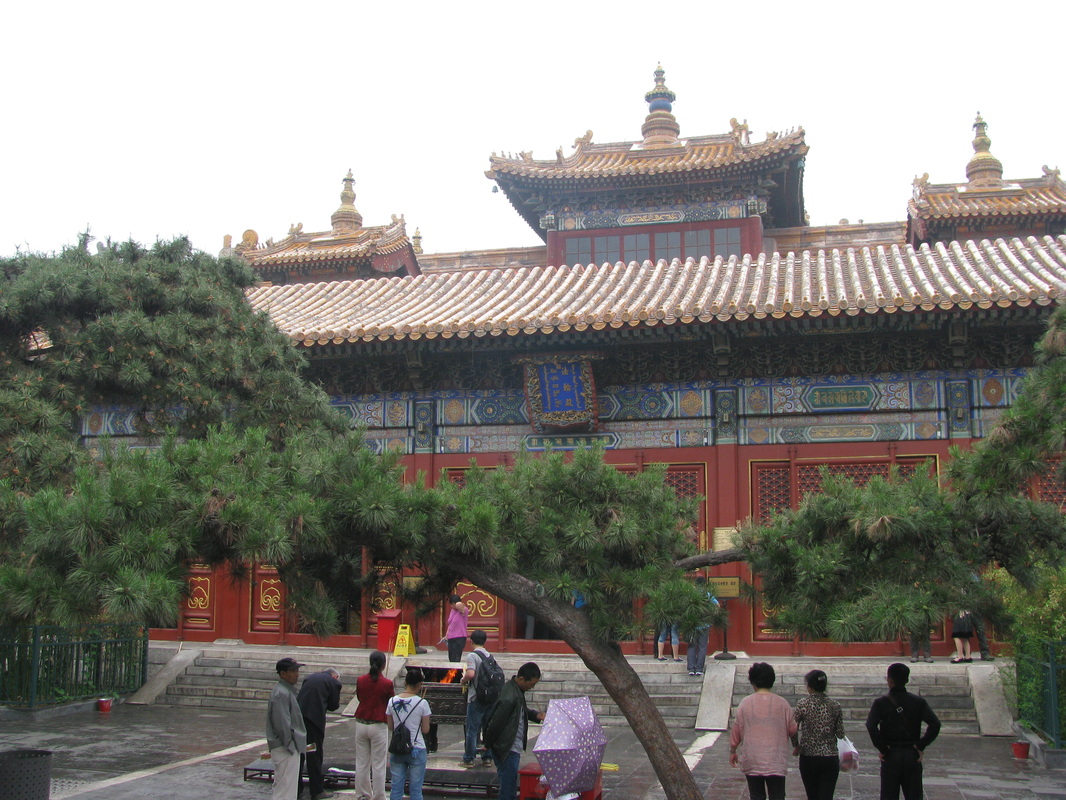
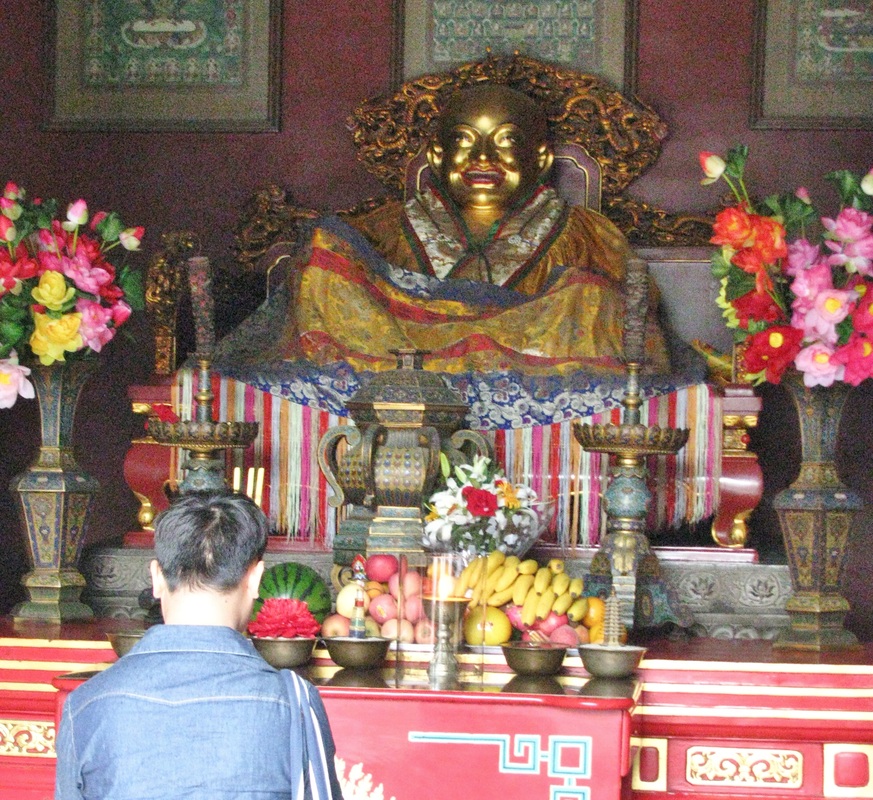

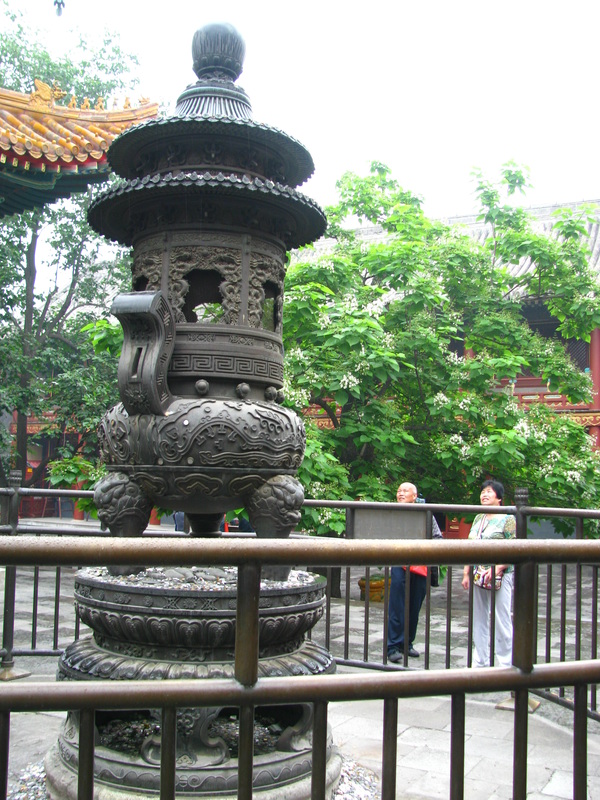
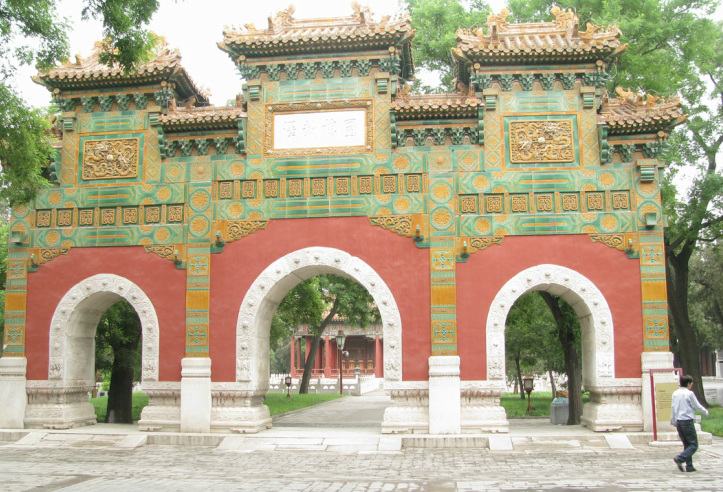
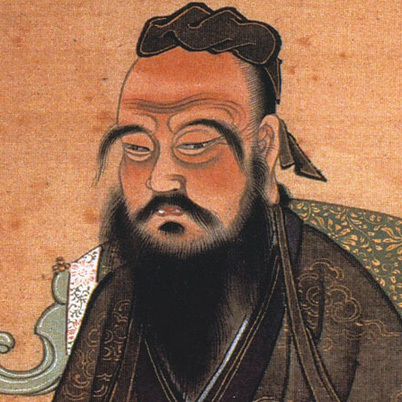

 RSS Feed
RSS Feed